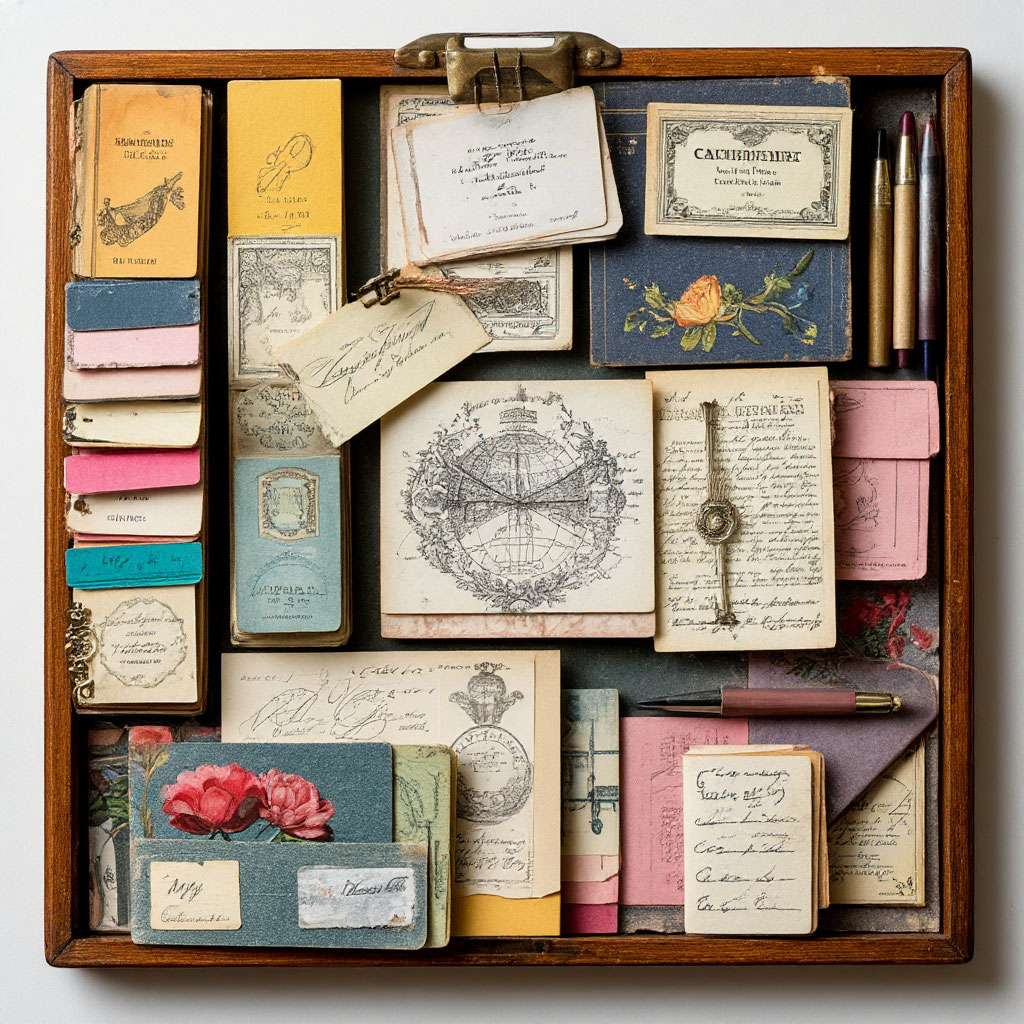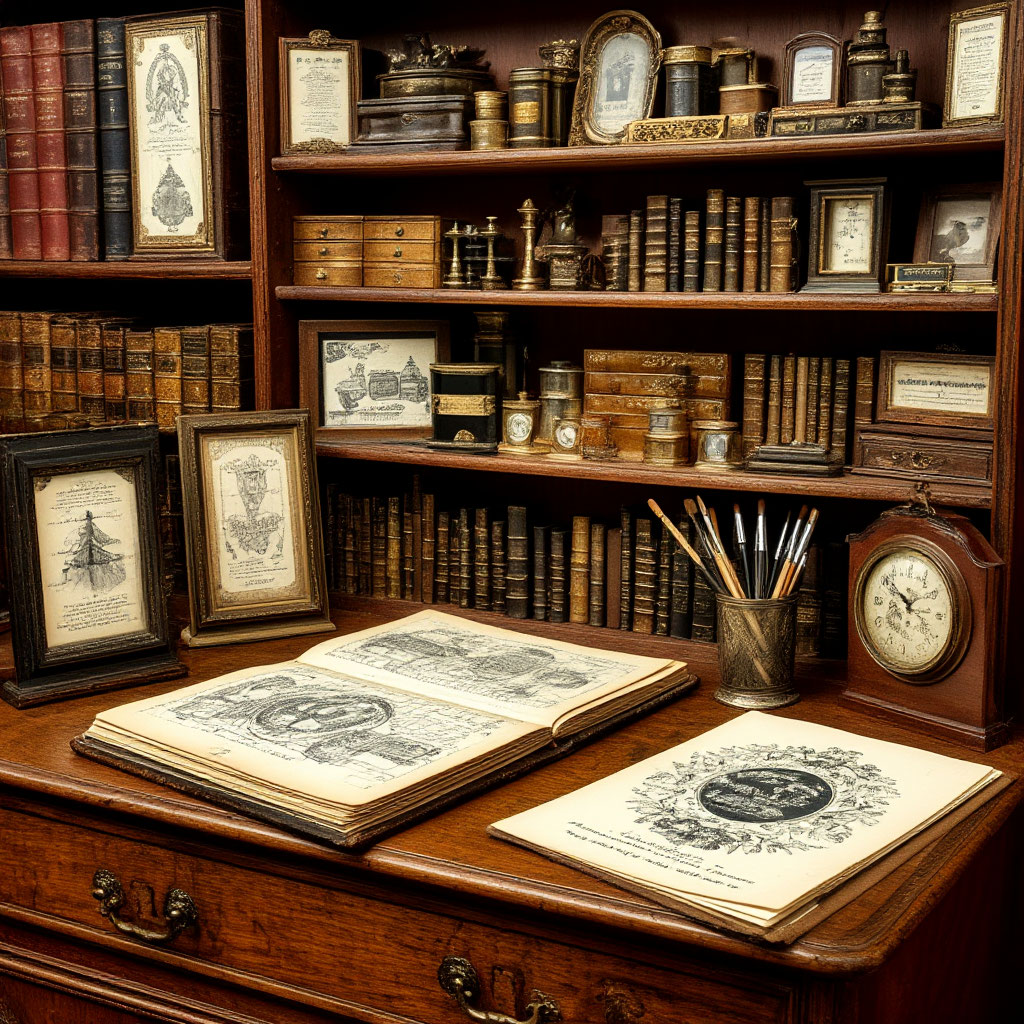History of stationery in America reveals that while cutting-edge technology and innovation dominate modern perceptions, the immense significance of historical writing instruments in the country’s past is often overlooked.From quill pens to modern gel pens and digital devices, writing instruments have undergone a long development, profoundly influencing education, business, and cultural norms. Here, we explore the transformation of stationery in America and how it has reshaped society.
History of stationery in America: The origins of writing instruments
The roots of American stationery trace back to colonial times when people used the simplest tools for writing. Quill pens, homemade ink, and parchment were the primary writing instruments, and mastering these basics was a mark of high social status. Writing played a crucial role in drafting official documents, business agreements, and legal records, with stationery itself symbolizing authority and order.
Later, the introduction of metal nibs and mass-produced fountain pens made writing easier and more accessible. The 19th-century Industrial Revolution brought breakthroughs in writing instruments, such as mechanical pencils and steel pens. These advancements improved speed and convenience, positively impacting education, business, and personal correspondence.
The first ballpoint pen in America was invented by Hungarian László Bíró in 1938. Inspired by rotary printing machines, he noticed their fast-drying ink didn’t smudge, leading him to adapt the technology for pens. Together with his brother, a chemist, he developed a pen with a tiny rotating ball that dispensed ink smoothly, solving issues like leaks and slow drying.
Though Bíró’s invention debuted in Europe, it quickly gained popularity in the U.S. thanks to entrepreneur Milton Reynolds, who licensed its production. Reynolds founded the Reynolds International Pen Company and launched the “Reynolds Rocket” in 1945, captivating the public with its reliability and ease of use.

The rise of the paper industry
Paper is a staple of stationery, and its history is tied to America’s growth. The first paper mill opened on the East Coast in the late 18th century, initially using cotton before switching to cheaper wood pulp, making paper more affordable.
By the late 1800s, paper became essential for offices, schools, and newspapers, coinciding with a press boom and wider stationery accessibility.
The golden age of the paper industry (late 19th–early 20th century) featured:
Technological advances:
- Shift from cotton to wood pulp (1870s)
- Invention of rotary printing presses (1884)
- Mass production of notebooks (1890s)
Social impact:
Growth of newspapers and journalism
Expanded education access
Rise of modern office culture
By the 1920s, the U.S. led global paper production, supplying:
- 60% of newsprint
- 45% of writing paper
- 75% of wrapping materials
In the 20th century, the paper industry advanced further, introducing colored, decorative, and recycled paper while refining printing methods for efficiency. Today, sustainability drives innovation, with recycled materials reducing environmental influence of stationery.
The 21st-century balance:
Traditional values:
- Preserving handwriting culture
- Collecting vintage writing tools
- Using paper in legal practice
Tech trends:
▸ Digital document systems
▸ Eco-friendly stationery from recycled materials
▸ Smart technology in writing tools
The Impact of Stationery on Education
Writing instruments have profoundly shaped American education. With the mass production of notebooks, pencils, and pens in the early 20th century, learning became accessible to children from all social backgrounds. The introduction of ballpoint pens in the mid-1900s further streamlined education, making it more efficient and comfortable.
Today, traditional writing supplies coexist with digital technology while maintaining their importance in classrooms. Paper notebooks, textbooks, and handwritten notes remain essential, complementing electronic devices and highlighting the need for a balance between classic and innovative learning methods.
The 21st Century: Digital Age vs. Traditional Stationery
Despite computers and tablets, writing tools still play a vital role in education:
Current trends in education:
Handwritten notes – Studies show they improve memory retention.
Sticky notes and planners – Widely used for student time management.
Eco-friendly stationery – Recycled paper and biodegradable pens.
Hybrid learning – A mix of digital tools and traditional notebooks.
The Enduring Role of Stationery in Business and American Culture
From the earliest days of the Republic to today’s digital workplaces, American stationery has played a pivotal role in shaping business practices and cultural identity. Far more than mere tools for writing, pens, paper, and office supplies have been instruments of commerce, diplomacy, and self-expression—leaving an indelible mark on how America communicates and preserves its history.

Stationery as a Foundation of Business
The development of professional stationery paralleled the rise of American industry. In the 19th century, the standardization of letterheads, ledgers, and filing systems brought order to growing enterprises. The paper industry’s expansion made contracts, invoices, and correspondence more accessible, fueling economic growth. Even today, despite digital alternatives, high-quality business stationery—from embossed corporate lettering to premium business cards—conveys professionalism and permanence in a way pixels cannot replicate.
Cultural Significance & Personal Expression
Beyond commerce, stationery has shaped American social customs. The Victorian era popularized elaborate correspondence etiquette, while the 20th century saw the rise of personalized stationery as a status symbol. Handwritten notes, greeting cards, and even sticky notes carry emotional weight—whether it’s a love letter, a presidential signature, or a CEO’s handwritten thank-you.
The influence of stationery also extends to art and activism. Protest signs, zines, and hand-painted posters have driven social movements, while calligraphy and journaling remain beloved creative outlets. In an age of disposable digital text, the permanence of ink on paper still commands respect.
A Lasting Legacy
Though technology has transformed communication, the tactile nature of writing instruments ensures their continued relevance. Luxury pens grace boardrooms, Moleskines capture inventors’ ideas, and archival paper preserves history. As America balances innovation with tradition, stationery remains both a practical necessity and a cultural touchstone—proof that even in a digital world, the written word still holds power.

Collecting and Artistic Uses of Stationery
The world of American stationery extends far beyond practicality—it’s a realm of passion, artistry, and nostalgia. In the U.S., vintage writing instruments have become prized collectibles, with thriving communities dedicated to preserving these pieces of history. Rare fountain pens from iconic brands like Parker and Waterman, antique inkwells, and limited-edition mechanical pencils often fetch impressive sums at auctions, reflecting their status as both functional tools and works of art.
But stationery’s creative influence goes deeper than collecting. Many artists and writers deliberately choose traditional historical writing instruments over digital alternatives, finding that the tactile experience of pen on paper sparks greater inspiration. Calligraphers transform ordinary writing into visual art using specialized nibs and inks, while sketch artists value the precision of quality pencils. Even in our digital age, there’s a growing appreciation for handcrafted journals, artisanal paper, and bespoke pens—each piece telling its own story.
This enduring love for physical writing tools highlights an important truth: in America’s stationery culture, practicality and artistry have always been beautifully intertwined. From the careful craftsmanship of 19th-century pen makers to today’s designer notebooks, stationery remains both a tool for thought and a canvas for creativity.
The development of stationery in America reflects an incredible journey—from simple tools to cutting-edge products. Writing instruments have left an indelible mark on education, business, and culture, remaining essential in daily life. As stationery continues to evolve, it bridges tradition and innovation, supporting productivity and creativity in an ever-changing world.


